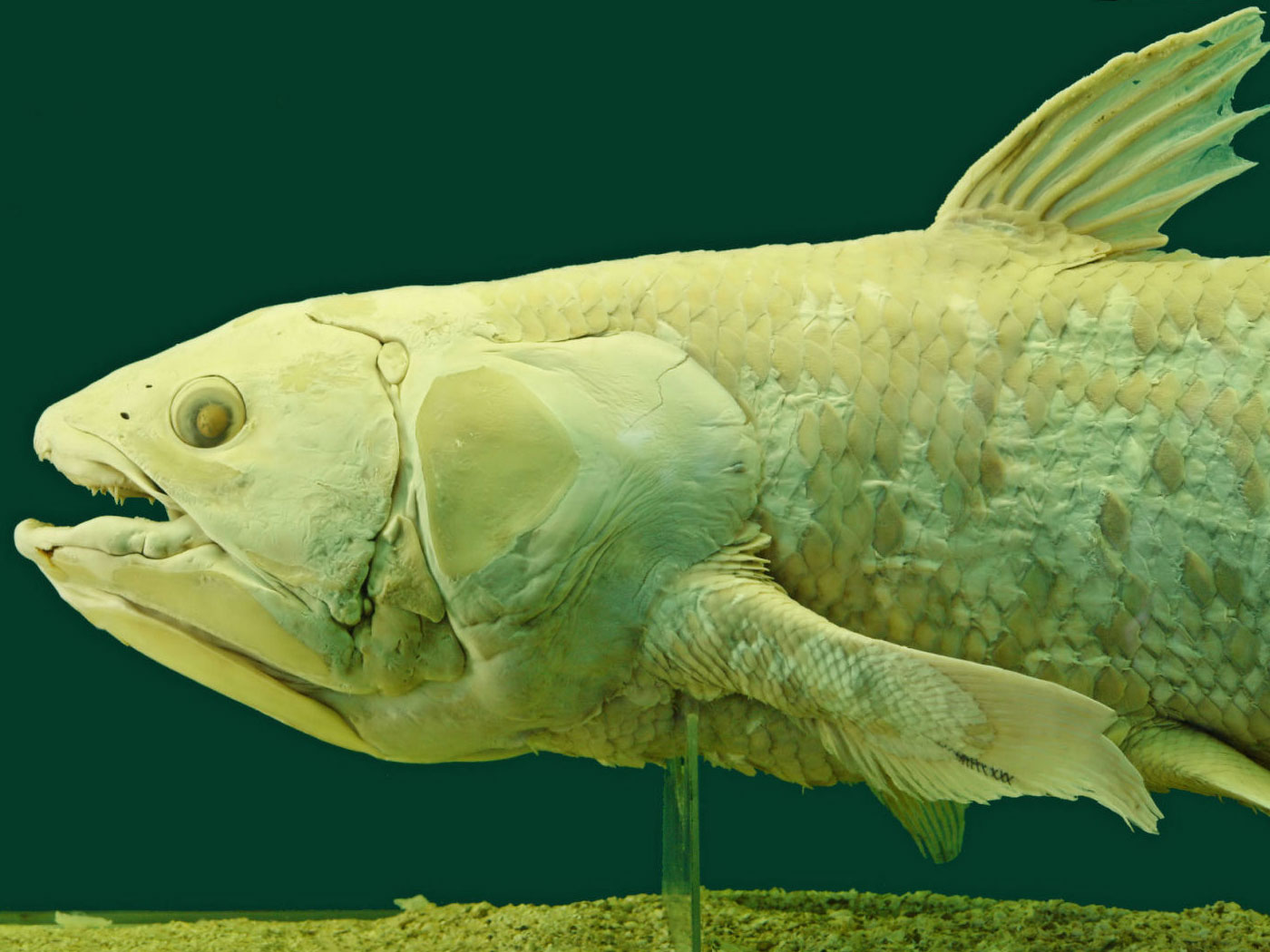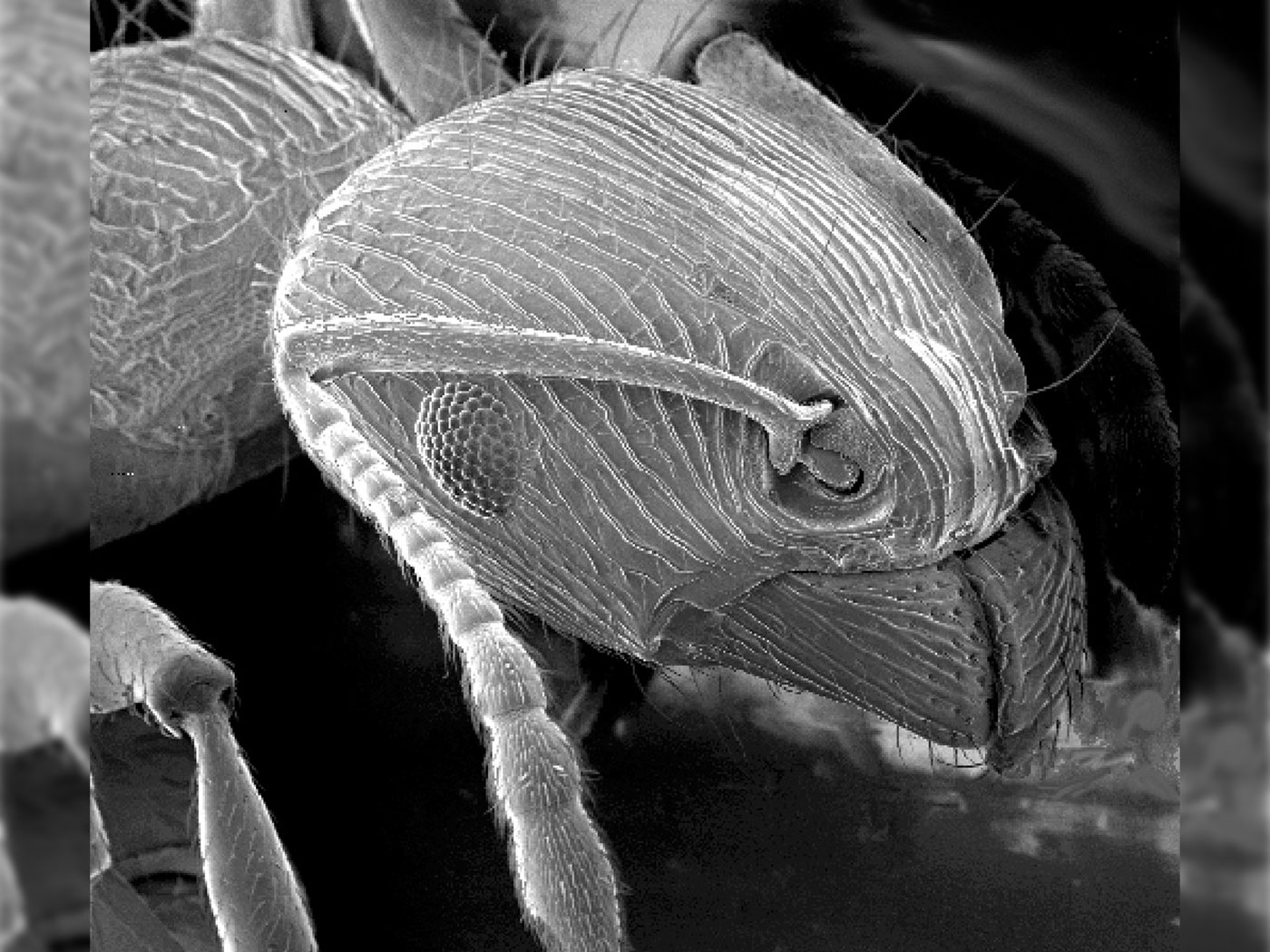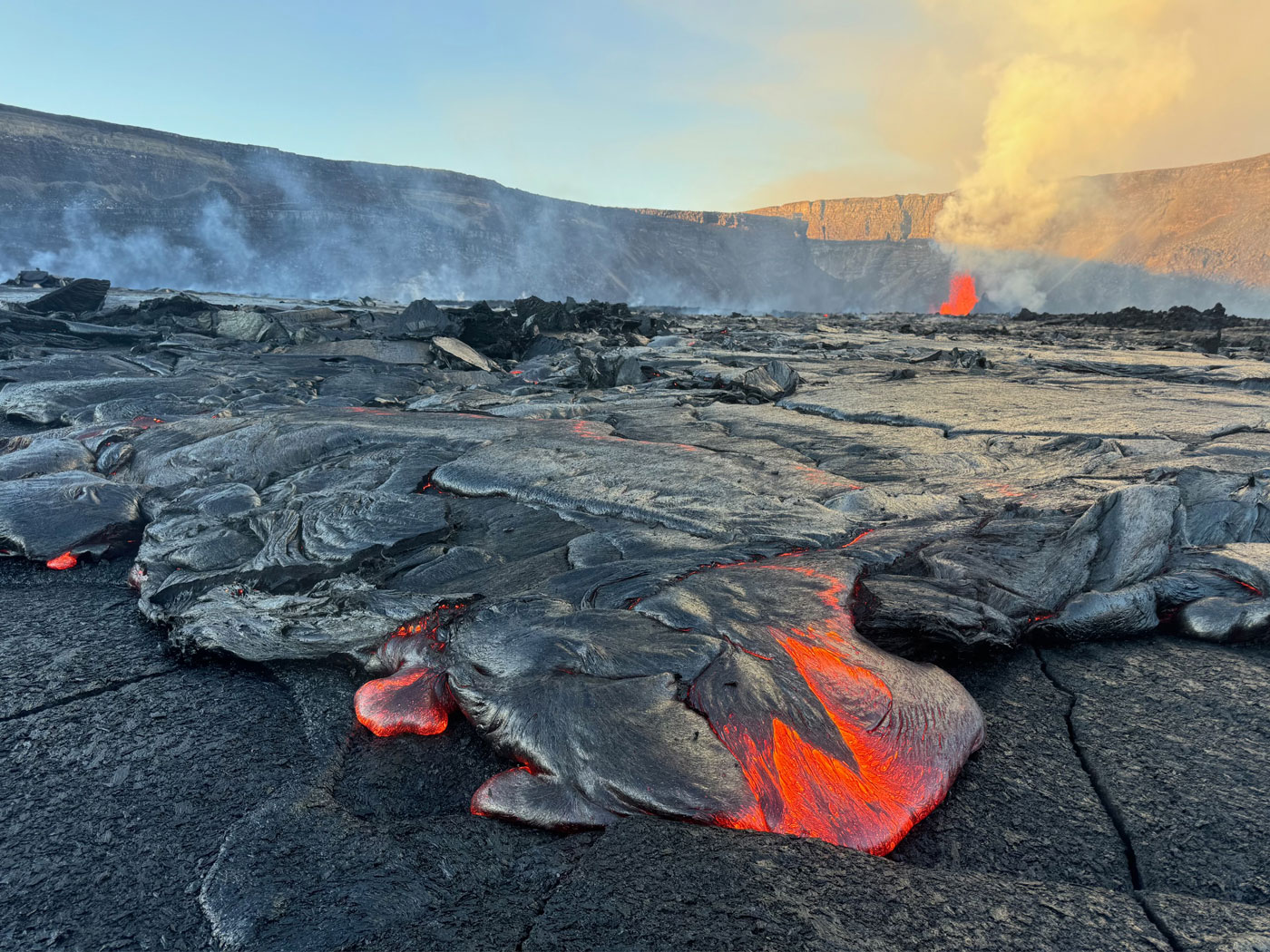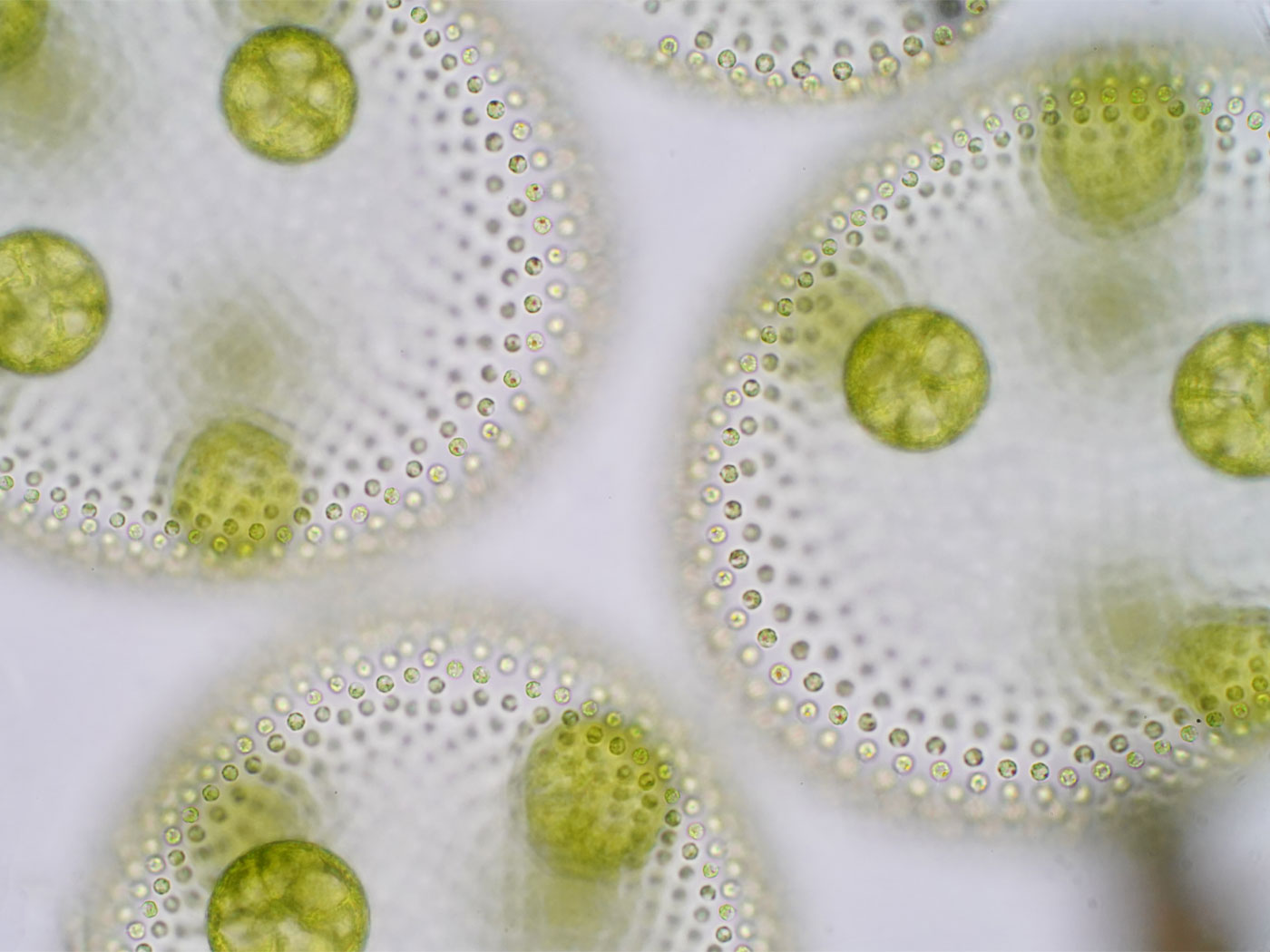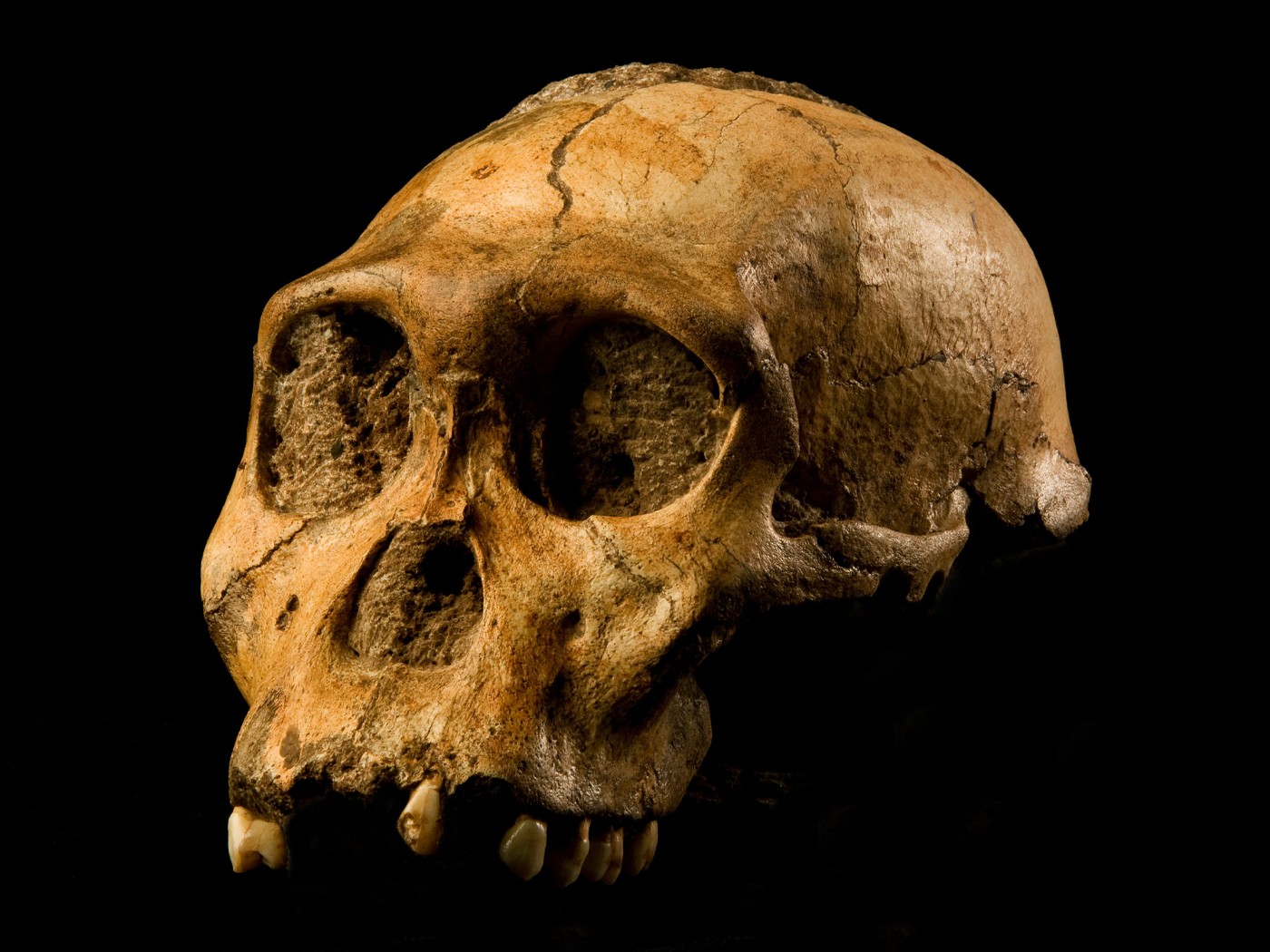Every year brings new scientific discoveries that shed light on the past. The Institute for Creation Research is dedicated to the scientific study of origins from a biblical perspective, and ICR News has compiled what we consider to be the top 4 findings related to origin studies from the stories we reported in 2009. This first installment will feature breakthrough studies in the field of paleontology, with breakthroughs from biological evolution, geology, and cosmology to follow.
Soft Tissue Finds in Fossils Show That Sedimentary Rocks Must Be Young.
Evolution is founded on the concept of long ages in which living organisms gradually emerged and then morphed into ever-more-diverse forms. For this scenario to be true, earth’s strata, along with the fossils they contain, must reflect millions of years. But fresh tissue found in fossilized remains has called into question this interpretation of earth history.
One example is an “80-million year-old” hadrosaur’s remains that were collected in 2007 and extensively investigated in order to show to a staunchly skeptical scientific community that dinosaur remains can indeed contain soft, flexible blood vessels. The study, published in 2009 in Science, even sequenced collagen protein and detected other proteins that were still intact, shocking specialists who have observed that these same proteins decay within mere weeks in laboratories.1
Several other soft tissue finds were published in 2009, but perhaps the most remarkable was an entire preserved salamander. Its intact muscle tissue was compared to that of a living salamander, and they looked remarkably similar.2 Based on evolution’s deep time assumptions, researchers claimed the salamander find was 18 million years old. But meat rots quickly, even when preserved in sealed containers. How did this salamander muscle survive for 18 million years?
Not only has fresh tissue been found, but some microbes have been found still alive in earth materials, such as “ancient” yeast that was successfully used in a brewery. When scientists resuscitated a culture of brewer’s yeast that was extracted from its amber chamber, doubts about the assigned age of that amber were also awakened. After a supposed 45-million-year entombment, how could these cells have avoided the poison of their own metabolic waste while contained in such tight quarters?3
No doubt 2010 will see even more fresh tissue discoveries that throw doubt on the great ages assigned to sedimentary layers. Stay tuned to ICR News for further developments.
References
- Thomas, B. Hadrosaur Soft Tissues Another Blow to Long-Ages Myth. ICR News. Posted on icr.org May 12, 2009, reporting on research published in Schweitzer, M. H. et al. 2009. Biomolecular Characterization and Protein Sequences of the Campanian Hadrosaur B. Canadensis. Science. 324 (5927): 626-631.
- Thomas, B. Fresh Salamander Tissue Found in Solid Rock. ICR News. Posted on icr.org December 11, 2009, reporting on research published in McNamara, M., et al. Organic preservation of fossil musculature with ultracellular detail. Proceedings of the Royal Society B. Published online before print October 14, 2009.
- Thomas, B. ‘45-Million-Year-Old’ Brewer’s Yeast Still Works. ICR News. Posted on icr.org August 17, 2009, reporting on the research work of Raul Cano as featured in Biba, E. Gallery: The Making of a Prehistoric Brew. Wired Science. Posted on Wired.com July 31, 2009.
Image credit: The Royal Society (Photo used here pursuant to 17 U.S.C. § 107)
* Mr. Thomas is Science Writer at the Institute for Creation Research.
Article posted on January 5, 2010.




